Proactive Customer Engagement Using Retrieval-Augmented Systems
Transform CX with AI! Makebot’s RAG chatbots deliver proactive, personalized service at scale.


The landscape of customer engagement has undergone a seismic shift. Traditional reactive support models—where customers initiate contact when problems arise—are rapidly becoming obsolete. Today's customers expect brands to anticipate their needs, resolve issues before they escalate, and deliver personalized experiences at scale.
This transformation is being powered by Retrieval-Augmented Systems, a cutting-edge approach that combines the contextual awareness of information retrieval with the conversational capabilities of Generative AI.
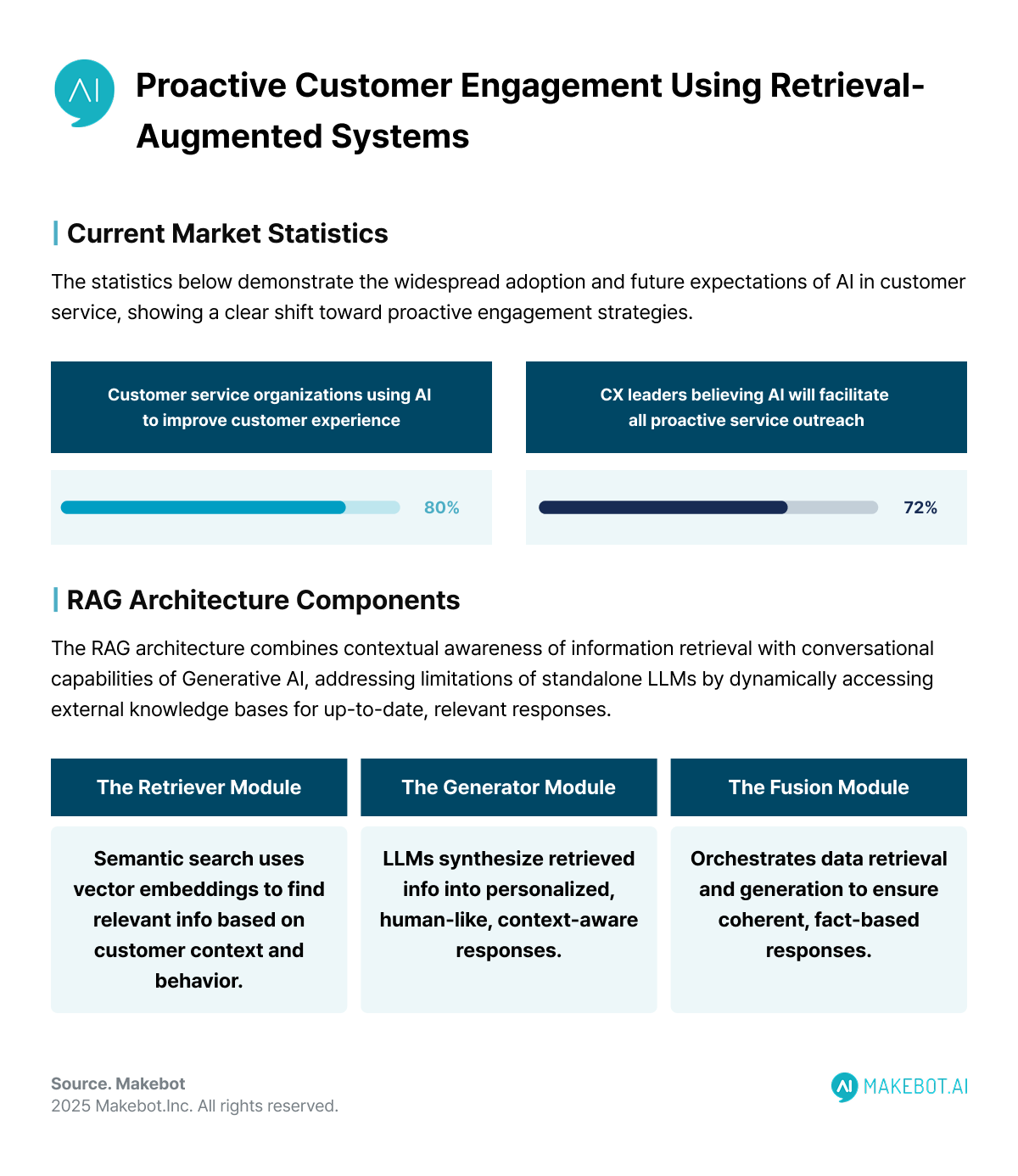
The Evolution Beyond Traditional Customer Service
The statistics paint a clear picture: 80% of customer service and support organizations now use AI to improve customer experience, with 72% of CX leaders believing that artificial intelligence will facilitate all proactive service outreach in the future. This isn't merely about automation—it's about fundamentally reimagining how businesses interact with their customers.
Traditional customer service operates on a reactive paradigm: customers encounter problems, seek help, and receive solutions. This model, while functional, inherently places the burden on customers to identify and articulate their needs. Retrieval-Augmented Systems flip this script by leveraging predictive analytics and real-time data processing to anticipate customer needs and initiate meaningful engagements before issues surface.
Enhancing the E-Commerce Customer Journey with Generative AI. Read more here!
Understanding Retrieval-Augmented Generation (RAG) in Customer Engagement
RAG represents a revolutionary approach to AI for customer service that addresses the fundamental limitations of standalone Large Language Models. While traditional LLMs rely solely on pre-trained data, RAG systems dynamically access external knowledge bases to provide contextually relevant, up-to-date responses.
The architecture operates through three critical components:
1. The Retriever Module
This component employs semantic search algorithms to scan vast repositories of customer data, product documentation, and historical interactions. Using dense vector embeddings, the retriever identifies the most relevant information based on customer context, behavioral patterns, and real-time triggers.
2. The Generator Module
Powered by advanced Large Language Models, the generator synthesizes retrieved information into coherent, personalized responses. This isn't about template-based replies—it's about creating contextually appropriate communications that feel genuinely human.
3. The Fusion Module
Acting as the orchestrator, this component ensures seamless integration between retrieved data and the generation process, maintaining coherence while grounding responses in factual, current information.
Retrieval Augmented Generation (rag): Overview, History & Process. Read more here!
The Proactive Engagement Revolution
Customer Engagement is being transformed from a reactive support function into a proactive relationship-building mechanism. RAG systems enable businesses to:
Predictive Issue Resolution
By analyzing customer behavior patterns, usage data, and external factors, these systems can predict potential problems before they occur. For example, a SaaS platform might detect that a user's API calls are approaching rate limits and proactively suggest upgrading their plan or optimizing their usage patterns.
Contextual Personalization
Retrieval-Augmented Systems go beyond basic demographic personalization. They analyze individual customer journeys, preferences, and interaction histories to deliver highly relevant content and recommendations. A retail platform might recognize that a customer frequently purchases eco-friendly products and proactively share information about new sustainable product lines.
Dynamic Knowledge Application
Unlike static FAQ systems, RAG continuously updates its knowledge base with the latest product information, policy changes, and customer feedback. This ensures that proactive outreach remains accurate and valuable.
Real-World Applications and Impact
The implementation of RAG in proactive Customer Engagement is already delivering measurable results across industries:
Healthcare Support
Medical organizations are using RAG systems to analyze patient data and proactively reach out with appointment reminders, medication adherence support, and preventive care recommendations. The system can retrieve patient history, current treatment protocols, and relevant medical guidelines to craft personalized health communications.
Financial Services
Banks and fintech companies leverage RAG to monitor customer transaction patterns and proactively offer relevant financial products, fraud alerts, and budgeting assistance. The system can analyze spending habits, account balances, and market conditions to provide timely, personalized financial guidance.
E-commerce and Retail
Online retailers use RAG to predict customer needs based on browsing behavior, purchase history, and seasonal trends. The system can proactively recommend products, notify customers of price drops on wish-listed items, or suggest complementary products based on previous purchases.
How RAG Chatbots Help Healthcare Providers Manage High Volumes of Patient Inquiries. Read more here!
Technical Implementation Considerations
Implementing Retrieval-Augmented Systems for proactive engagement requires careful consideration of several technical factors:
Data Architecture
The foundation of effective RAG systems lies in comprehensive data integration. Organizations must establish unified customer profiles that aggregate data from multiple touchpoints—website interactions, support tickets, purchase history, and social media engagement. This requires robust data pipelines and real-time processing capabilities.
Model Selection and Fine-tuning
The choice of Large Language Model significantly impacts system performance. Organizations must balance model capabilities with computational resources and response latency requirements. Fine-tuning models on domain-specific data ensures more accurate and relevant outputs.
Retrieval Optimization
Effective information retrieval requires sophisticated indexing strategies and similarity matching algorithms. Vector databases like Pinecone or Weaviate are increasingly used to store and retrieve embeddings efficiently, enabling fast semantic search across large knowledge bases.
Overcoming Implementation Challenges
While RAG systems offer tremendous potential, organizations face several challenges in implementation:
Data Quality and Governance
The effectiveness of Retrieval-Augmented Systems depends heavily on data quality. Organizations must establish robust data governance frameworks to ensure accuracy, completeness, and compliance with privacy regulations like GDPR and CCPA.
Scalability and Performance
As customer bases grow, RAG systems must maintain performance while handling increased query volumes. This requires careful architectural planning, including distributed processing capabilities and efficient caching strategies.
Human-AI Collaboration
Successful implementation requires seamless integration between AI for customer service and human agents. Systems must be designed to escalate complex issues to human representatives while maintaining context and conversation history.
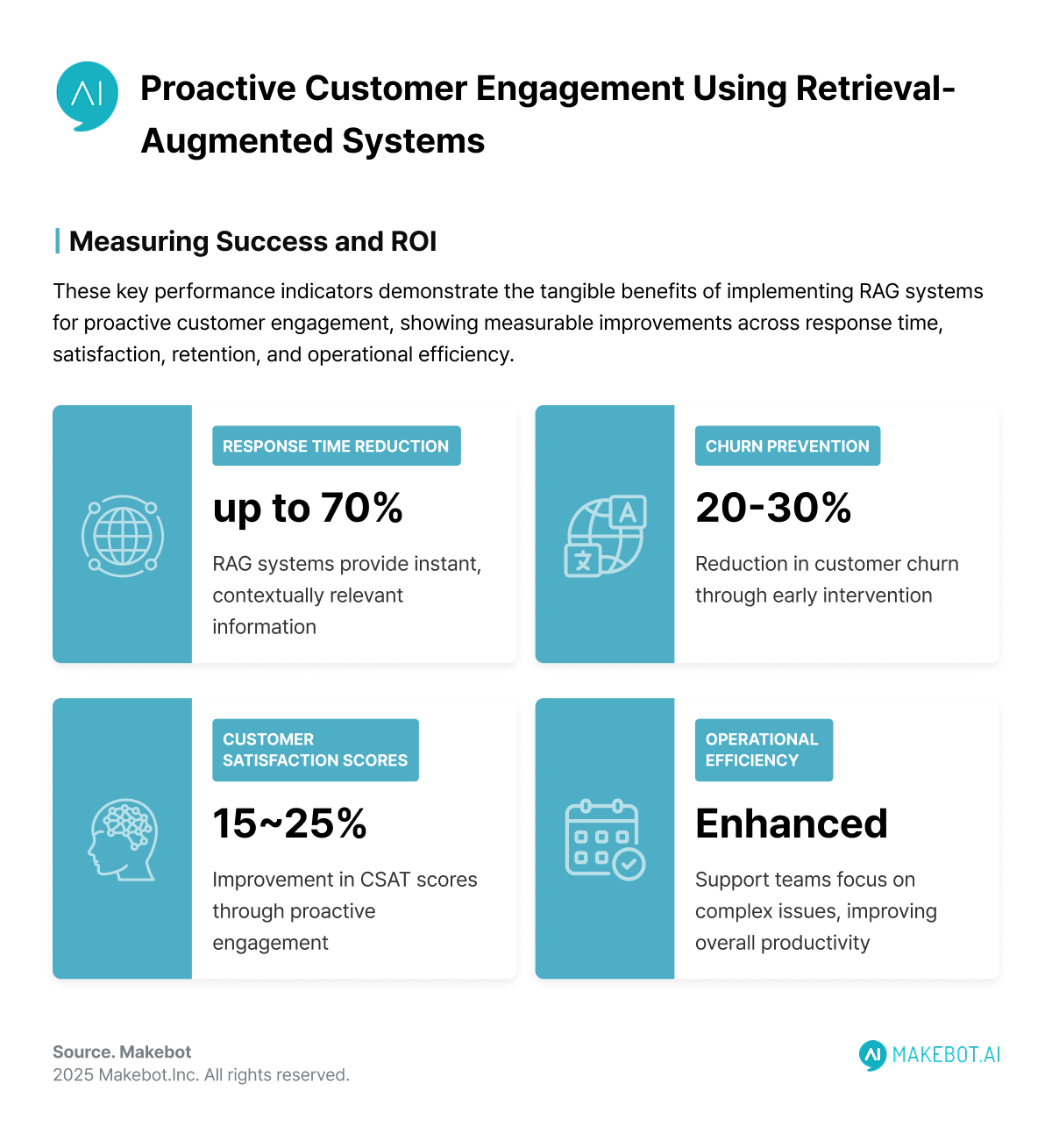
Measuring Success and ROI
Organizations implementing RAG for proactive engagement should track key performance indicators:
- Response Time Reduction: RAG systems can reduce response times by up to 70% by providing instant, contextually relevant information
- Customer Satisfaction Scores: Proactive engagement typically results in 15-25% improvement in CSAT scores
- Churn Prevention: Predictive engagement can reduce customer churn by 20-30% through early intervention
- Operational Efficiency: Support teams can focus on complex issues, improving overall productivity
Future Trends and Opportunities
The future of RAG in proactive Customer Engagement points toward even more sophisticated applications:
Multimodal Integration
Future systems will integrate text, voice, and visual inputs to provide richer, more contextual customer interactions. This might include analyzing customer emotions through voice patterns or visual cues to tailor engagement strategies.
Real-time Adaptation
Advanced RAG systems will continuously learn from customer interactions, adapting their retrieval and generation strategies in real-time to improve relevance and effectiveness.
Cross-platform Orchestration
Organizations will deploy RAG systems across multiple channels—web, mobile, social media, and IoT devices—creating seamless, omnichannel proactive engagement experiences.
The Strategic Imperative
As Generative AI continues to evolve, organizations that fail to adopt proactive engagement strategies risk falling behind competitors who leverage Retrieval-Augmented Systems to deliver superior customer experiences. The technology has moved beyond experimental applications to become a strategic imperative for customer-centric businesses.
RAG systems represent more than a technological upgrade—they embody a fundamental shift toward anticipatory customer service. By combining the vast knowledge capabilities of Large Language Models with real-time data retrieval, these systems enable businesses to build deeper, more meaningful relationships with their customers.
The organizations that successfully implement RAG for proactive Customer Engagement will not only improve operational efficiency and customer satisfaction but will also establish themselves as leaders in the AI-driven customer experience revolution. The question isn't whether to adopt these technologies, but how quickly and effectively they can be integrated into existing customer engagement strategies.
As we move forward, Retrieval-Augmented Systems will continue to redefine the boundaries of what's possible in customer engagement, creating opportunities for businesses to connect with their customers in ways that were previously unimaginable. The future of customer experience is proactive, personalized, and powered by the intelligent combination of retrieval and generation capabilities that RAG systems provide.
Transform Customer Engagement with Makebot’s LLM & RAG Solutions
Go beyond traditional support. Makebot’s Retrieval-Augmented Generation (RAG) chatbots anticipate customer needs, deliver real-time personalized responses, and scale AI-driven service across any industry.
Trusted by leading companies across industries, Makebot brings cutting-edge AI to your customer experience strategy.
🔗 Visit us at www.makebot.ai
📧 Inquiries: b2b@makebot.ai
Lead the AI revolution—contact Makebot today!

Studies Reveal Generative AI Enhances Physician-Patient Communication



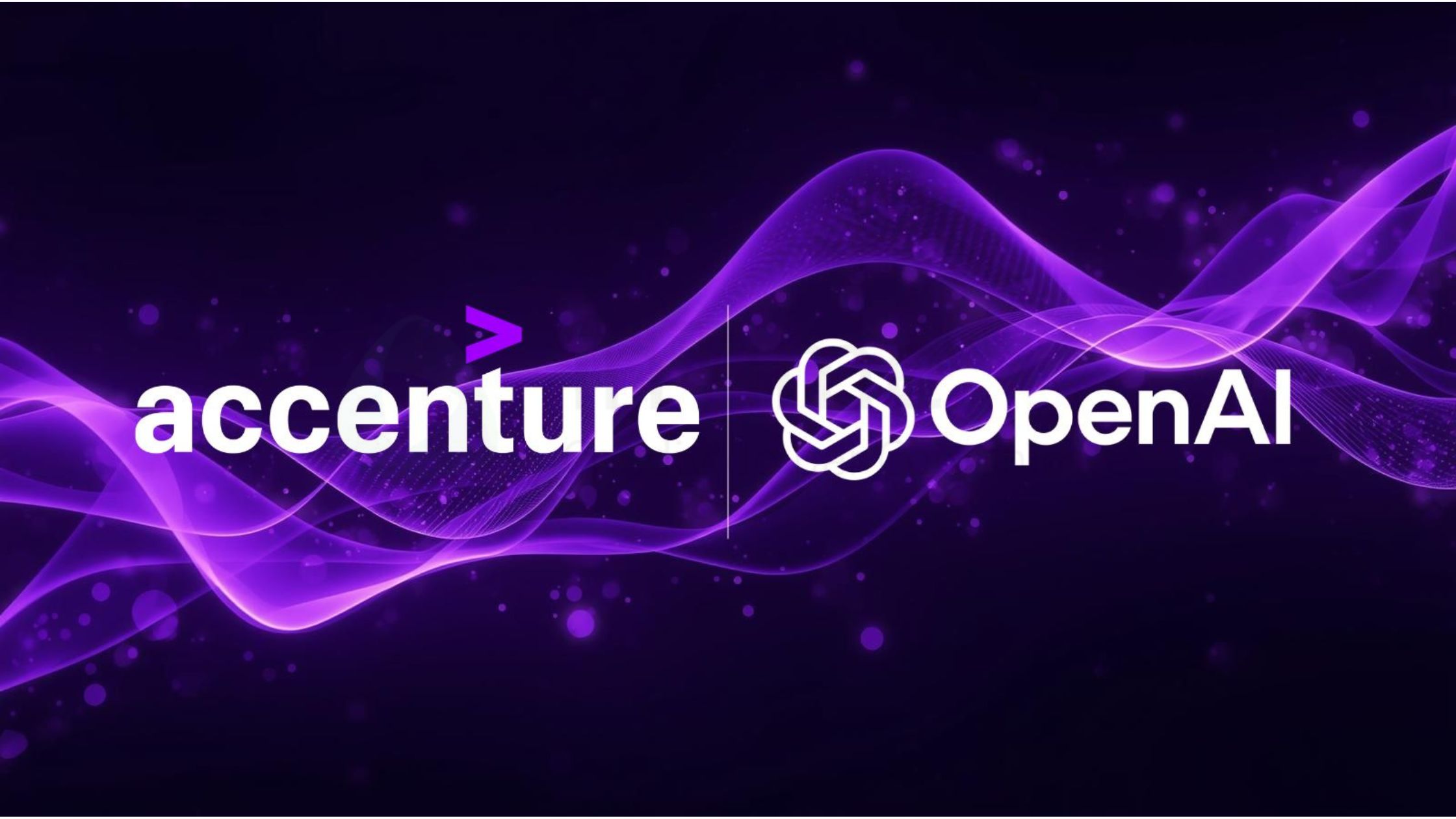
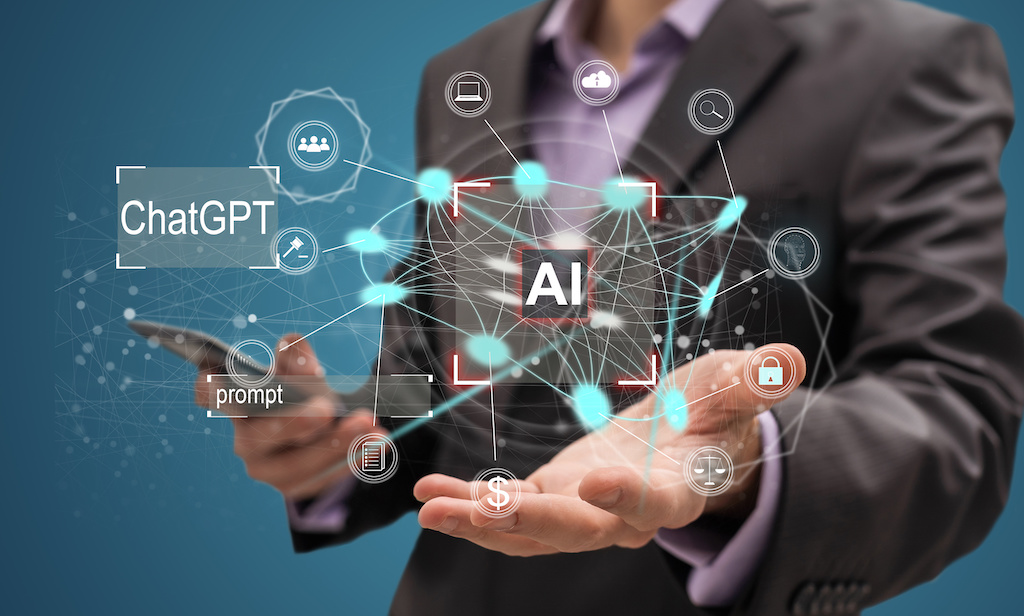









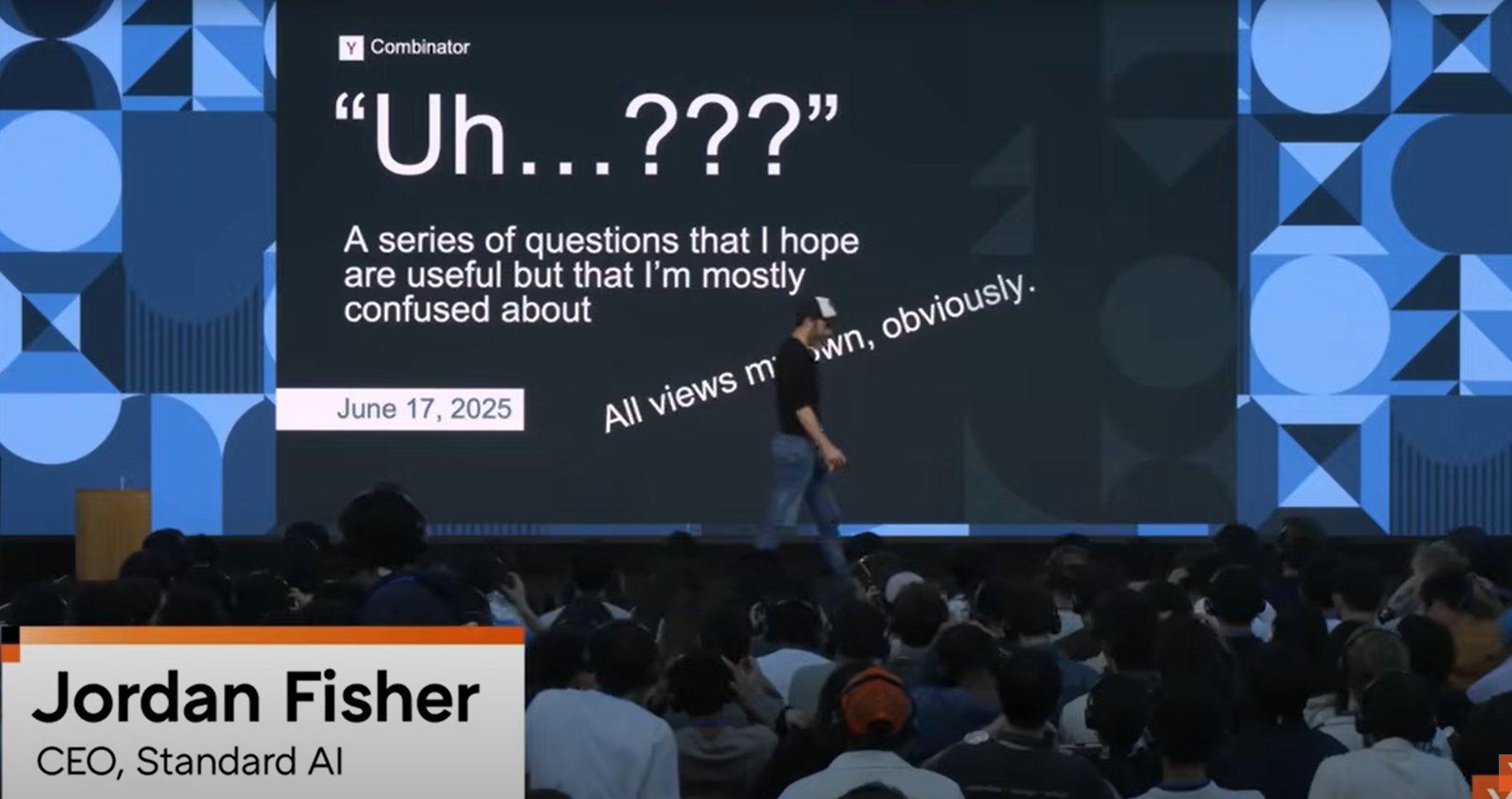










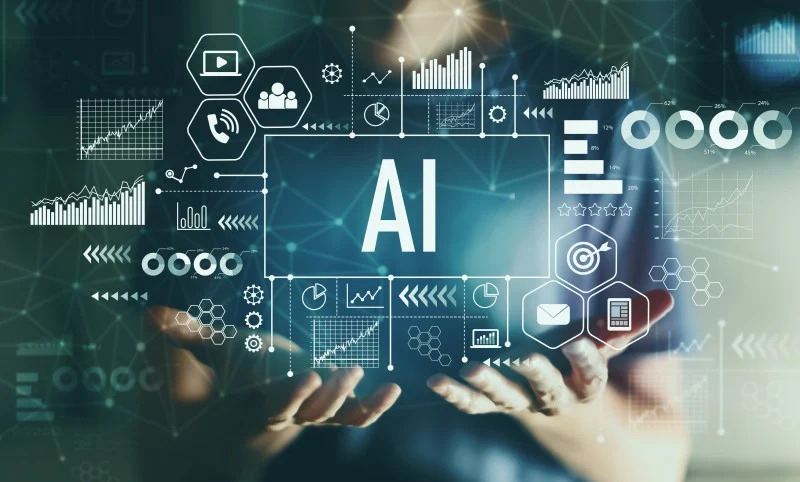








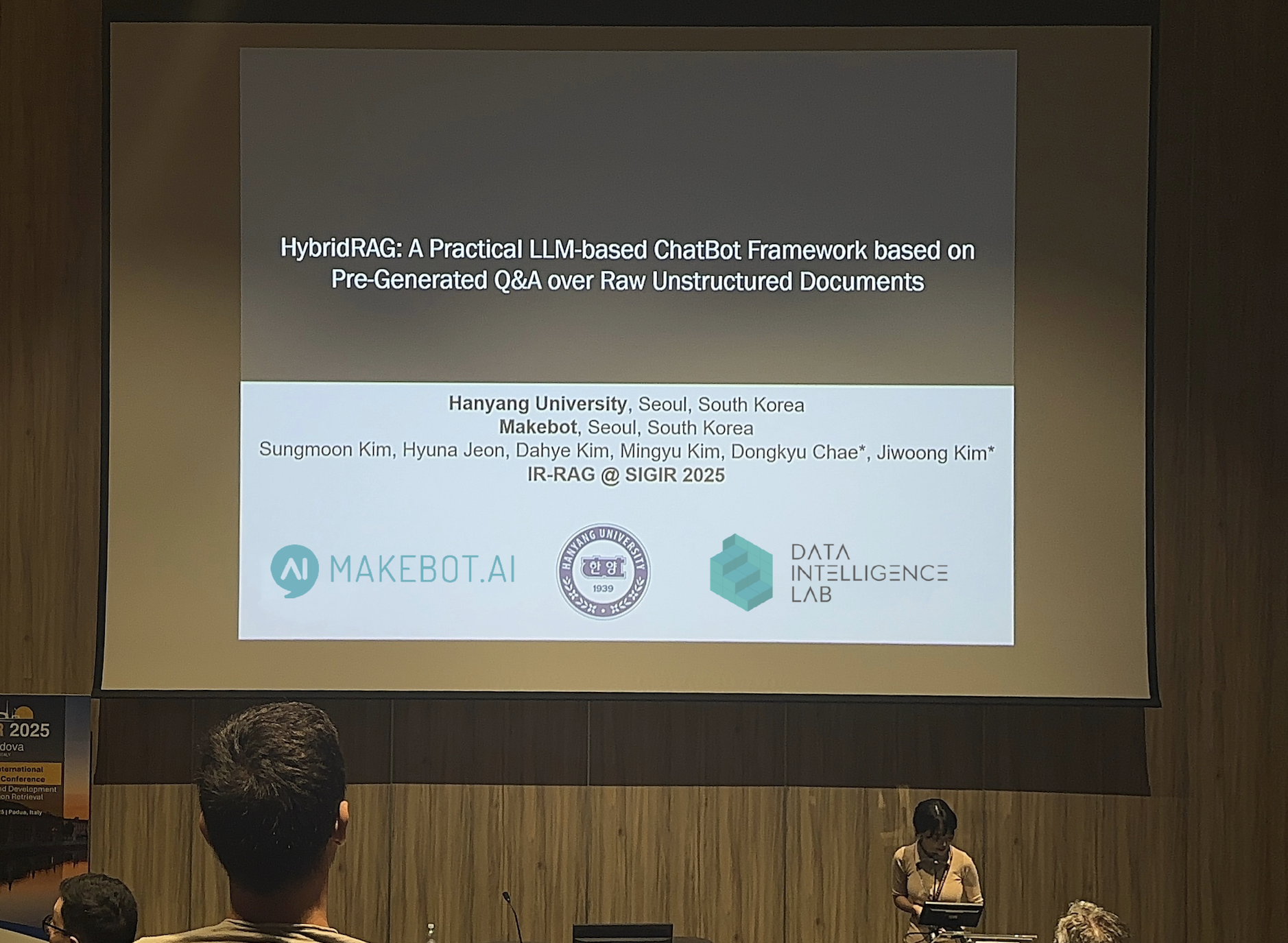









_2.png)


















.jpg)


































